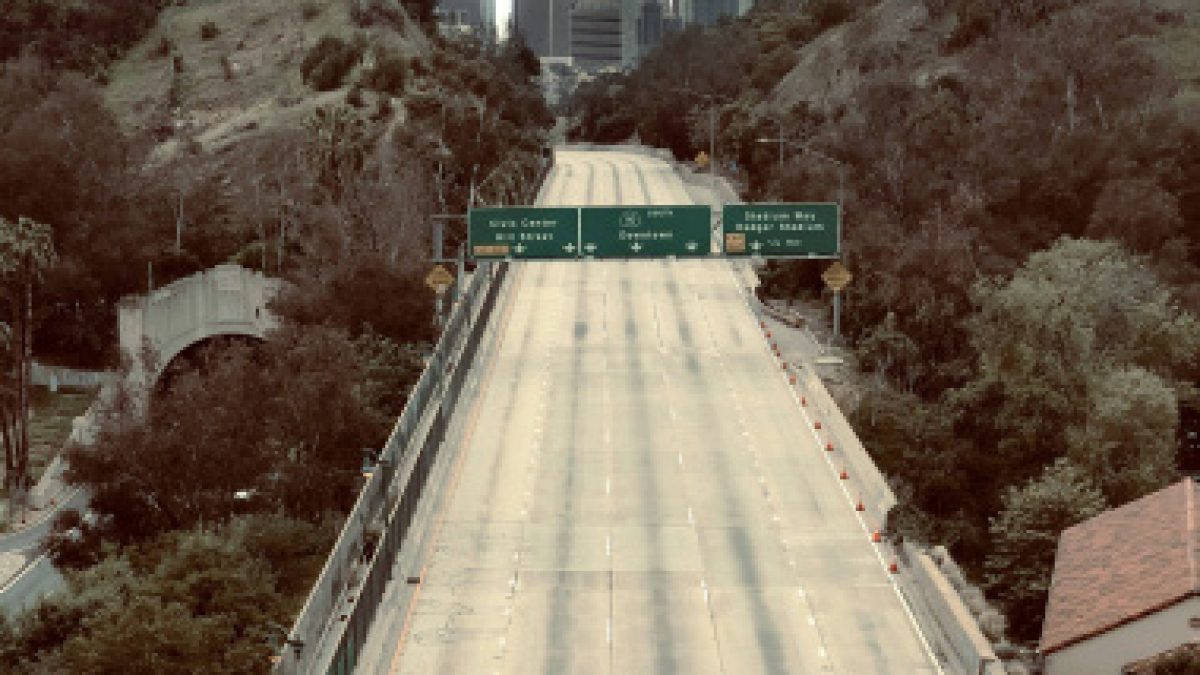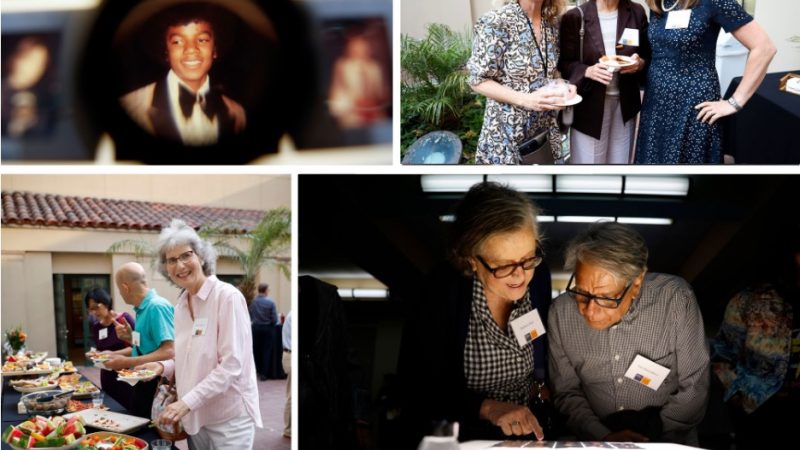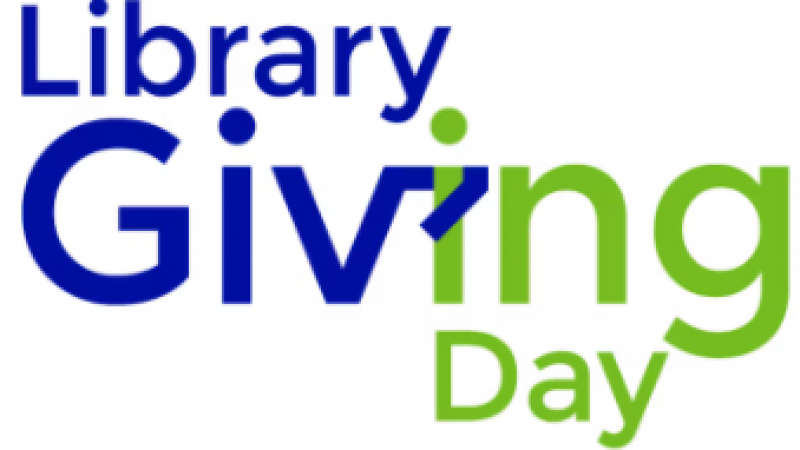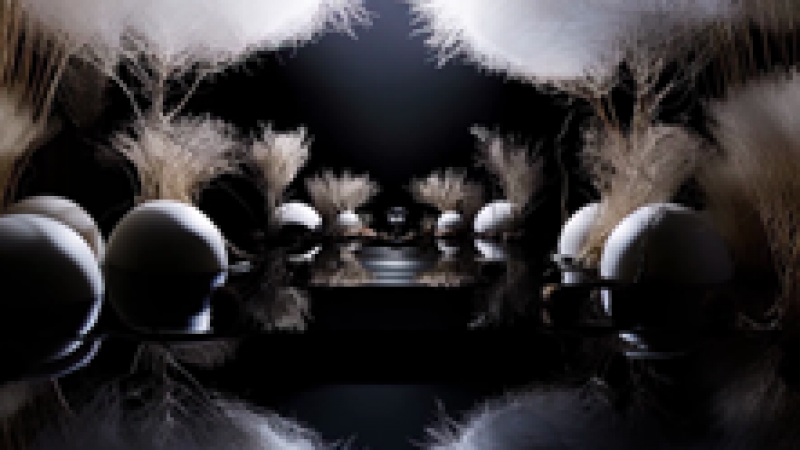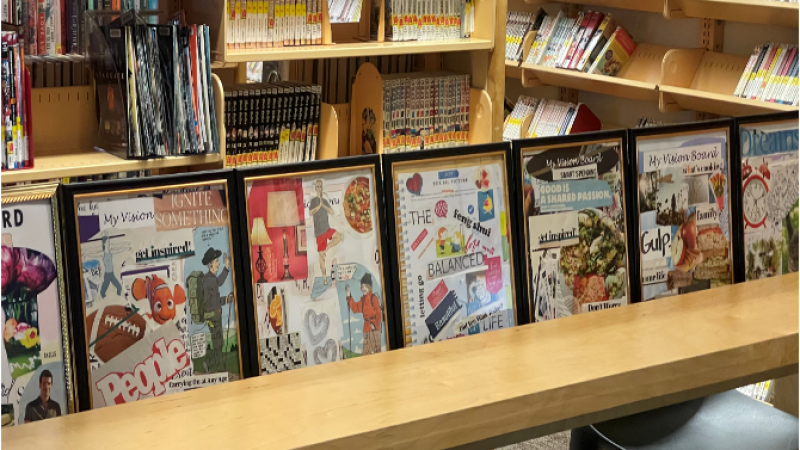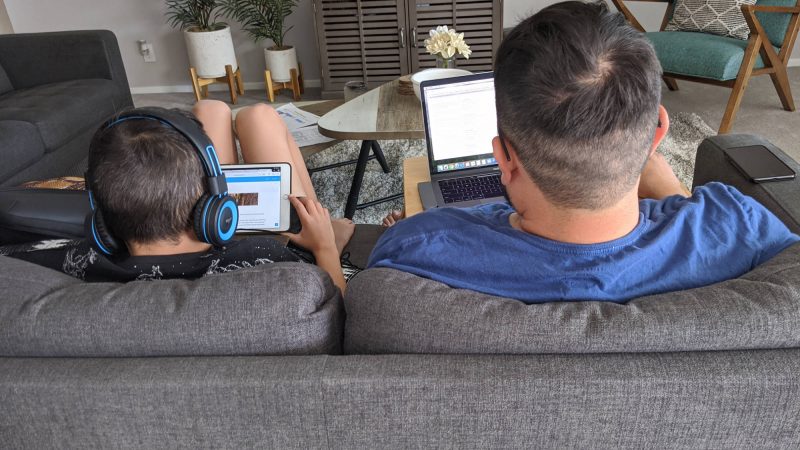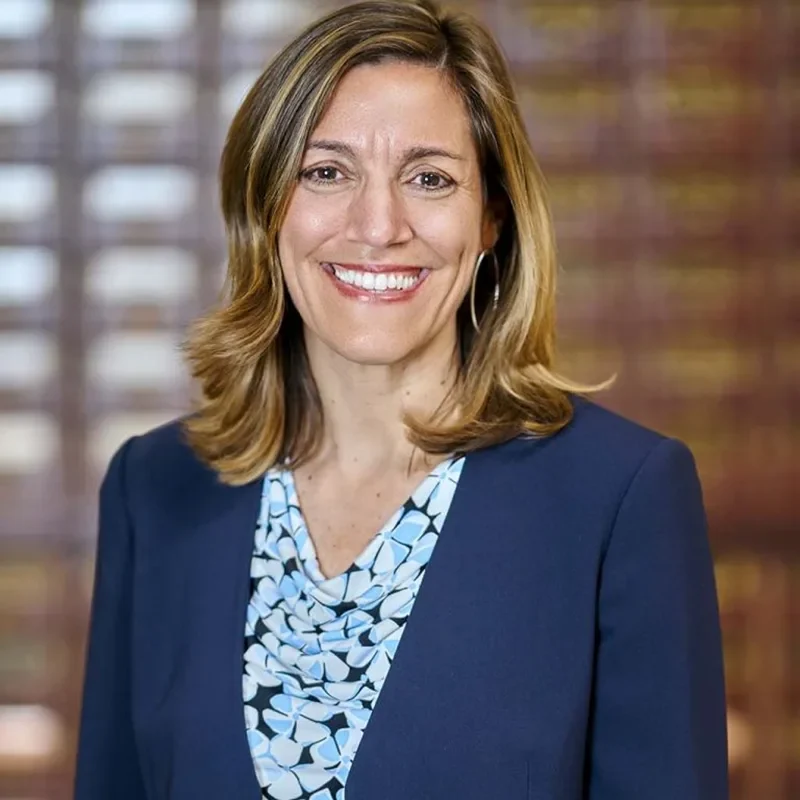“History is more than government documents, statistical reports, and newspaper headlines. History isn’t just the chyrons running across the bottom of your television screen. It is the stories of everyday people,” wrote LAPL’s California History Librarian Kelly Wallace last May. “As librarians, we realize the power of first-hand accounts to bring history to life and fill in the gaps in history textbooks.” Now a year into the pandemic, the days have started to blur. And decades from now, although we’d probably like this year of hardship and isolation to feel like a faint memory, we are currently living through an historic moment.
In a collective effort to document these extraordinary times, the Los Angeles Public Library has invited Angelenos to contribute to the LA COVID-19 Community Archive. By building a digital collection of photos, diaries, drawings, poetry, letters, signs, and more, the Library hopes to help future generations understand what it was like living in Los Angeles during the pandemic. Since first launching the LA COVID-19 Community Archive, the Library has already received over 2,000 submissions that portray everything from hunting for toilet paper to being an essential worker on the frontline. We checked in with Acting Senior Librarian Suzanne Im, who is overseeing the archive, about this vital work to preserve the story of our community’s resilience.
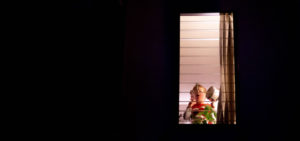
Boy in a window cheers for health care workers.
What have you learned about the people of L.A. through this archive?
Im: Despite our differences, Angelenos have so much in common—and resilience in good measure. Early on, people found creative ways to cope and make connections despite the restrictions of the stay-at-home orders. There are photographs taken at A Story of Resilience: Building the LA COVID-19 Community Archive a distance, including portraits of families on their front porches, or behind windows. We’ve seen submissions that show changes in daily routines and interactions, such as photos of adults telecommuting and children tele-schooling. Children and grandchildren are engaging with elderly family members from balconies or through videoconferencing. We’ve also surprisingly received quite a few submissions related to weddings moving forward in, or thwarted by, quarantine.
This is a time where wearing masks became socially acceptable in L.A. and across the country, though not without resistance. We see a lot of photographs of people wearing N95 or homemade masks, or people making masks for distribution. As soon as restrictions started to loosen, we started to see photos of people visiting beaches and state and local parks while wearing masks and maintaining social distancing (most of the time).
Photos of changes in the public landscape prevail as well, such as signage indicating business closures or social distancing guidelines. Many submissions show empty streets, freeways, and once bustling areas gone quiet. Also notable are photographs of the clear skies that have emerged due to widespread telecommuting, a testament to what telecommuting can do for the environment.
These submissions have been punctuated by more sobering moments as well. Through their submissions, people have expressed sorrow over jobs lost, graduation ceremonies gone virtual, and experiences of grief made all the more painful because of distancing during the pandemic.
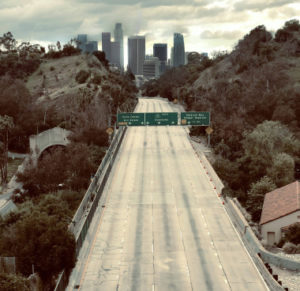
Arroyo Seco Parkway empty of cars during the COVID-19 pandemic.
How has building this Archive changed your practices in preservation?
Im: One of LAPL’s earliest forays into community archiving was through the Shades of LA project in the 1980s and 1990s. This project inspired staff in the Digitization & Special Collections department to apply for an IDEAS grant from the Library Foundation to create the Mobile Memory Lab in 2018-2019. I saw [the LA COVID-19 Community Archive] as a natural evolution of this [past work]. Building this collection has catapulted our department’s work into the 21st century as far as handling and preserving born-digital materials, which we previously had little of in our collections. It inspired us to delve into web archiving as well— Sung Kim, our Digital Collections Librarian, recently obtained a grant from the Internet Archive that will enable us to archive local websites of historical importance before they are lost, using Archive-It.
What are your long term hopes for this archive?
Im: I hope that this archive will be of use to future students, teachers, historians, and other researchers seeking out primary sources to understand what life was like during the COVID-19 pandemic in L.A. county. What thoughts and concerns did people have during this time? What items were most in demand at the store? What kinds of activities did people participate in to keep socially active while maintaining physical distance? How did people or organizations rise to the occasion and support community members? Answers to these questions are exemplified in the submissions to the archive. The Library welcomes any Angeleno to contribute their experiences to the collection through May 1. Learn more at lapl.org/covid-archive. The initial submissions have been cataloged and are available for viewing at tessa.lapl.org.
